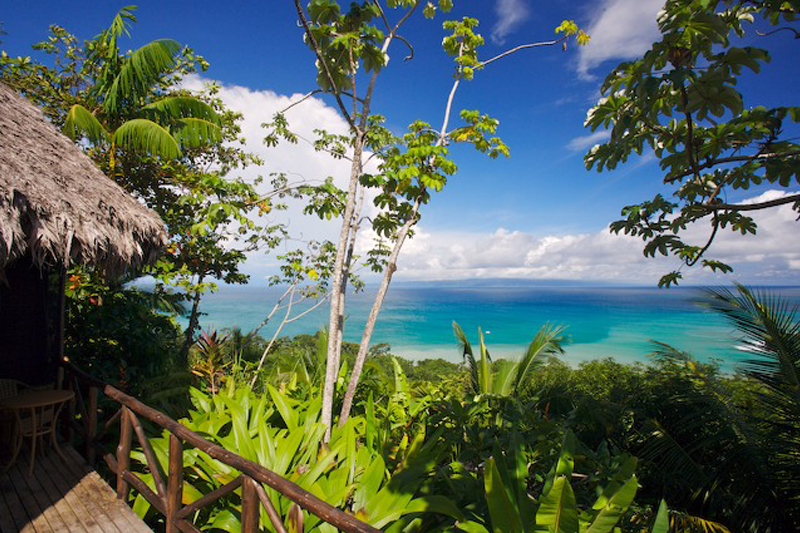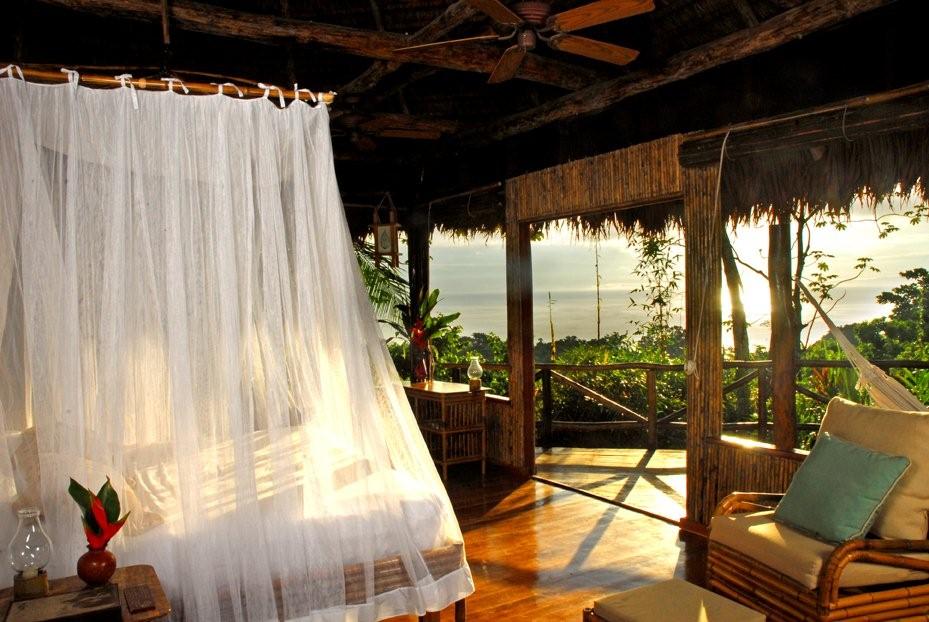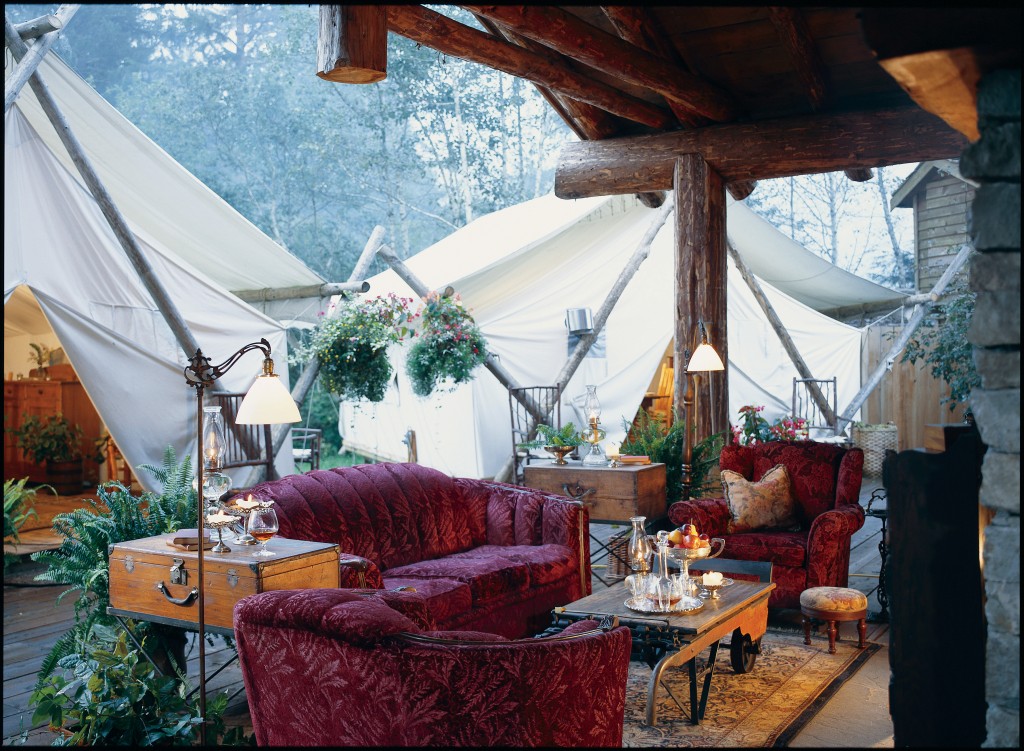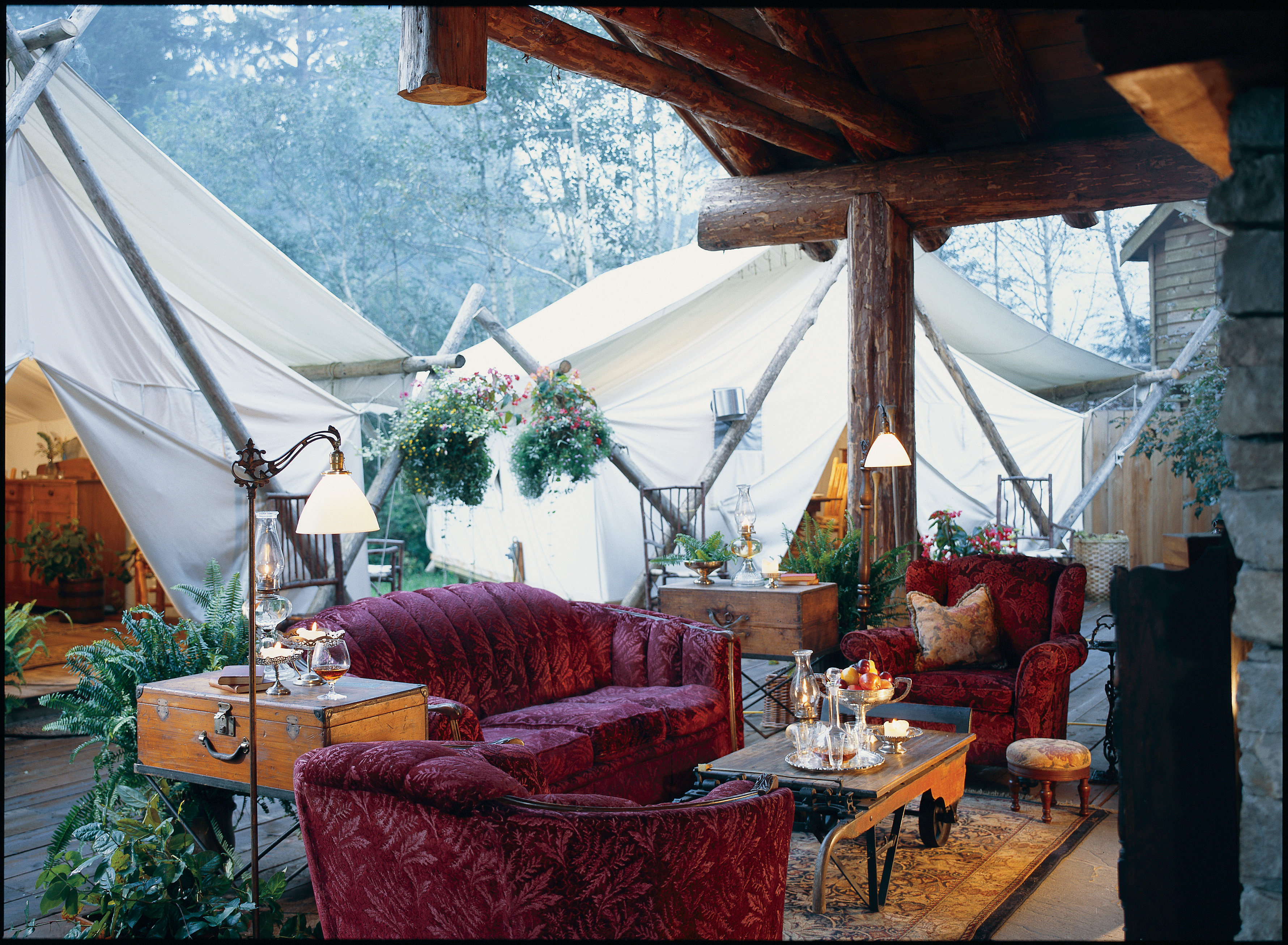Ever wonder if a hotel is truly green or just “green-washing”? Certifications and eco-awards are good indicators, but you”ll need to dig deeper to truly get a sense of their eco-commitments. Travel Market Report gives us six resorts that exemplify some of the best “green” practices.
The Verandah Resort & Spa (Antigua)

Verandah is adept at reducing waste by reusing and recycling and tapping renewable resources. They eliminate the need to dispose of an estimated 60,000 bottles and cans every year by not offering bottled water and canned sodas. Housekeeping creates bags from old table cloths to carry dirty linens, and waste food is given to a local pig farmer. A new payroll system will cut down on paper waste and solar power is used to heat water.
Maho Bay Camps (U.S. Virgin Islands)
Maho focuses on water conservation, waste management, and renewable resources in their basic operating practices. They use “water flow restrictors and low flush toilets in bathrooms and rain water and wastewater where possible. Energy saving light bulbs are used in the tent-cottages and public areas. Their public bathrooms have washable, reusable towels and all glassware and utensils are reusable. A water dispenser to fill water bottles reduces the purchase of bottled water and solar power is used to heat water.”
Jungle Bay Resort & Spa (Dominica)
Jungle Bay is dedicated to energy conservation, waste management, local products and stewardship. The resort heats water through “on-demand gas heaters designed to reduce energy consumption. Cleaning supplies and guest toiletries are “green” biodegradable to ensure gray water is as organic as possible. They use of locally grown food and products, when possible to eliminate excess packaging and transportation fuel consumption. Left-over foods are given to local farms to be composted. They created the South East Tourism Development Committee to ensure that the local area is environmental protected. They have been instrumental in creating an awareness of conservation among young people and in developing turtle conservation efforts on the island.”
Lapa Rios (Costa Rica)

One of the more creative resorts, Lapa Rios uses “coconut shells and crafted bamboo to replace metal bowls as snack servers. Bamboo pump dispensers are used rather than plastic personal product dispensers. Solar power is used to heat water. Food scraps are used to feed pigs and their manure creates methane gas used to fuel the staff kitchen stove. Data is currently being collected on unused diesel-generated energy. Lapa Rios plans to capture, invert and store this excess energy for use during the night, when minimal energy is needed so the generator can be turned off.”
Clayoquot Wilderness Resort (British Columbia, Canada)

Clayoquot plans to reduce its carbon footprint by 5% per year with a multi-faceted eco-plan. “Gravity-fed turbines generate fuel-free electricity and hot water; toilets compost waste materials into organic matter, and the resort replaced bottled water with reusable metal bottles that guests can take home. A percentage of package rates go to the non-profit British Columbia Wilderness Tourism Association to assist in environmental stewardship activities, in order to protect the wilderness tourism land base. The funds also support the Resort’s Environmental Legacy Program, which provides seven stewardships: Bear Mapping, Whale Acoustics, Bedwell River Basin Restoration, Raptor Rehabilitation, ROV (remote unmanned submersible) Research, Winter Feeding Ground Enhancement, and Forest Management. Clayoquot works with local guides, including First Nations members, and incorporates wilderness activities that showcase and educate on the surrounding natural environment as well as traditional (Indian) trading routes. Additionally, the resort’s signature environmental legacy program is Salmon Stream Enhancement, which is designed to bring salmon counts up to healthy levels.”
PUNTACANA Resort & Club (Dominican Republic)
PUNTACANA works with the Partnership for Ecologically Sustainable Coastal Areas to protect native environment. They are working “to protect and restore threatened coral reef ecosystems, threatened animal species and associated marine habitats through education and awareness programs; and by conducting research and suggesting scientifically proven restoration techniques.”
Post by Emma Stephens
Photo Courtesy of Verandah Resort & Spa, Lapa Rios, and Clayoquot Wilderness Resort
